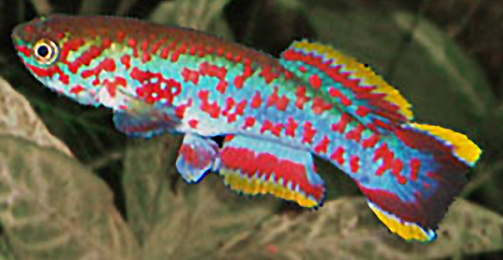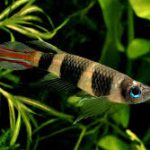Description
For those who would like to try breeding fish for the first time, Fundulopanchax nigerianus are the perfect solution. By providing good conditions and feeding them well you will have sussess. They appear tolerant of a wide range of water conditions. You can feed the fish on a good quality dry flake food, frozen blood worm, cyclops and grindleworm. In my opinion the spawn more frequently when they get live food. They produce on average between 3 -10 eggs per day and female. They spawn continuously with no break. The fish will spawn on wool mops hanging into the tank. Acrylic mops are best to use as they do not rot. They will also place their eggs on fine aquatic plants like Java Moss or the roots of Java Fern. Two or three pairs placed in a two foot tank will be a good choice. If you want to breed, your chances to get fry are much higher if you keep them not in a community tank. Males are somewhat territorial so it is good advice to keep a ratio of 1:3, 1 male and 3 females or a multitude of this ratio. In general Fundulopanchax nigerianus are an attractive and interesting species to keep.




